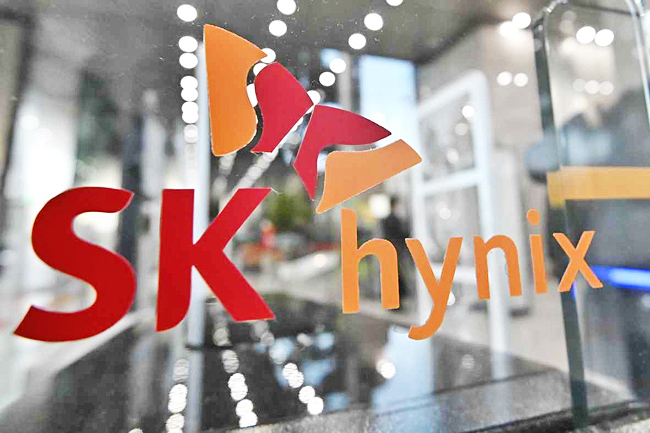ANN/THE KOREA HERALD – Competition is heating up between South Korean chip rivals Samsung Electronics and SK hynix to take the lead in the Compute Express Link, or CXL, technology amid its ongoing High Bandwidth Memory chip supremacy war. Although the market is still at the nascent stage, the two global DRAM leaders are seeing CXL as a potential game changer.
CXL is an open, industry-supported interconnect between processors and devices such as accelerators, memory buffers and smart devices. It is considered a key technology that enables high-speed, low-latency communication, while expanding memory capacity and bandwidth well beyond what is possible today.
The CXL Consortium led by the United States (US) tech giant Intel, the prime developer of the new technology, was formed in March 2019. Companies including Samsung, SK, Nvidia and AMD joined the board of directors in January 2022, and have contributed to the market expansion by rolling out new development.
Samsung is leading the commercialisation of next-generation memory by developing the industry’s first CXL-based DRAM technology in May 2021. Two years after the development, it announced its plan to start mass production of a 128 gigabyte (GB) CXL DRAM based on an advanced CXL 2.0 interface this year, as Intel is expected to release its first commercial central processing unit, the Sierra Forest chip, in the first half of next year.


Earlier this month, the tech giant also introduced an open source-based software solution to expand its CXL ecosystem. Additionally, the company hinted at its research on constructing a Processing in Memory, or PIM, architecture underway. It is called an intelligent memory in a CXL DRAM that uses a CXL interface.
Some market watchers have evaluated that Samsung has been recently falling behind SK in HBM chip development. Aiming to avoid repeating the same mistake with the CXL development, the tech giant seems to be actively pushing to take the dominant position in the market, they said.
Executive vice president and head of US memory at Samsung Electronics Lee Jung-bae said in a blog post last week that the firm would expand the lineup of high-capacity DRAM, including one terabyte modules, based on its recent success in developing the industry’s first 32GB DDR5 DRAM.
“We’ll actively utilise novel interfaces such as the CXL Memory Module (CMM) will help to realise a future in which memory bandwidth and capacity can be extended seamlessly, according to operational needs,” he said, showing confidence in securing the leadership in the next-generation semiconductors.
SK has also actively invested in securing the next-generation technology, despite a multi-trillion won deficit this year due to a slowdown in the memory chip industry.






